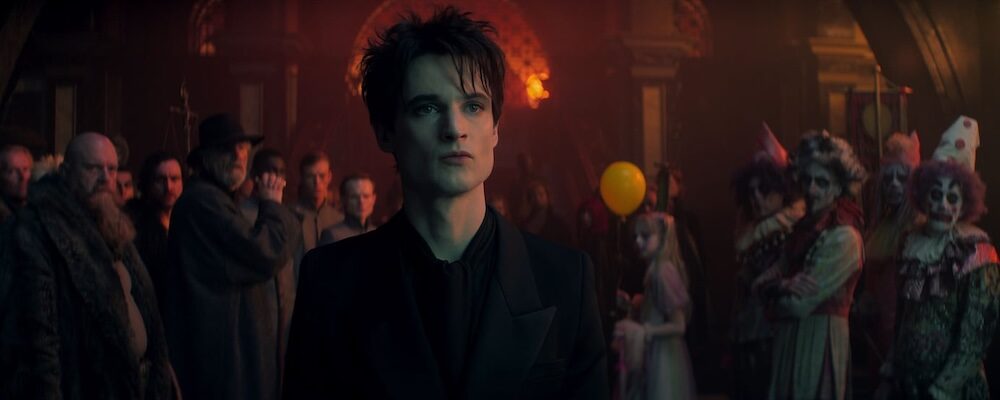‘The Sandman’ Returns for a Second Season of Hallucinatory Suspense Spanning Centuries
Alci Rengifo
Author Neil Gaiman may be cancelled but the Netflix adaptation of his most famous graphic novel work is not. Even as the material in season two of “The Sandman” sticks close to its source, showrunner David S. Goyer has made it clear that Gaiman was less involved this time around. The multiple allegations of sexual assault and misconduct against the author will no doubt hover over this new season, which is split in two servings of six episodes. The second half will premiere at the end of the month. Approached on its own, this is still a strong, hallucinatory trip of a show, blending fantasy and philosophy.
Much of the focus in this season is on continuing to expand on the very nature of its main character, Morpheus aka Dream of the Endless (Tom Sturridge). The demi-god has recovered his Dreaming kingdom after being imprisoned and will now walk across eras and worlds to recover what was lost. The plot also covers the spans of millennia as we learn about Morpheus’ back story which includes moments during which he was not the most admirable husband or father. The King of Dreams’ siblings also return including Death (Kirby Howell-Baptiste), Desire (Mason Alexander Park) and Despair (Donna Preston). New relatives are introduced such as Destiny (Adrian Lester), Delirium (Esmé Creed-Miles) and Destruction (Barry Sloane).
With this combination of familiar and new characters, the second season paints an alluring panorama of Morpheus’ various roles while also serving as a trippy journey through the centuries. Gaiman adaptations, like “American Gods,” lend themselves so easily to visually striking production design. Here the worlds of Revolutionary France and Tudor England are brought to life with baroque richness. The photography at times nods at classic medieval art. Even a strip club in Philadelphia feels out of Dante. “The Sandman” doesn’t let style overtake narrative and all these images potently evoke Morpheus searching for himself and atoning for past wrongs. It becomes a family saga of sorts as Delirium approaches Morpheus to search for Destruction, who has vanished from his realm.
The search for the missing sibling is one of those classic story devices where a search leads to multiple confrontations with various demons and beings, while opening windows into Morpheus’s personal history. Though, remember this is the first batch of the season, so a lot of suspense builds around introducing characters who may play larger roles in the second half. There’s Norse god Loki (Freddie Francis), who is expectedly mischievous. Jack Gleeson plays a bon vivant Puck. Morpheus’ own son, Orpheus (Ruairi O’Connor), is one of the strongest new additions with his heartbroken personality, pining for the kind of love his father never gave. We also get faeries, such as the sibling duo Cluracan (Douglas Booth) and Nuala (Ann Skelly). The latter brings in some sensual tension by clearly desiring Morpheus. You can also never get too much of Lucifer Morningstar (Gwendoline Christy), the mistress of Hell always played with such presence.
Because much of the first six episodes of the season are in a way all set-up, the character construction and performances stand out even more. Tom Sturridge gives Morpheus a wider breadth while still retaining a seductive air of mystery. He’s a demi-god but obviously frail. Esmé Creed-Miles is a stand out by playing Delirium in a way that references her very name, but beneath the zaniness hints at a lot of endearing sweetness. “The Sandman” compels by making its deities relatable. These beings control vast realms while still enduring jealousy, rage and betrayal. Many fantasy shows that have failed recently forget that the magic should be backdrop. More essential is a human story. We may travel through the ages here with astounding beings, but their feelings and nightmares are all too down to earth.
“The Sandman” season two part one begins streaming July 3 on Netflix.

